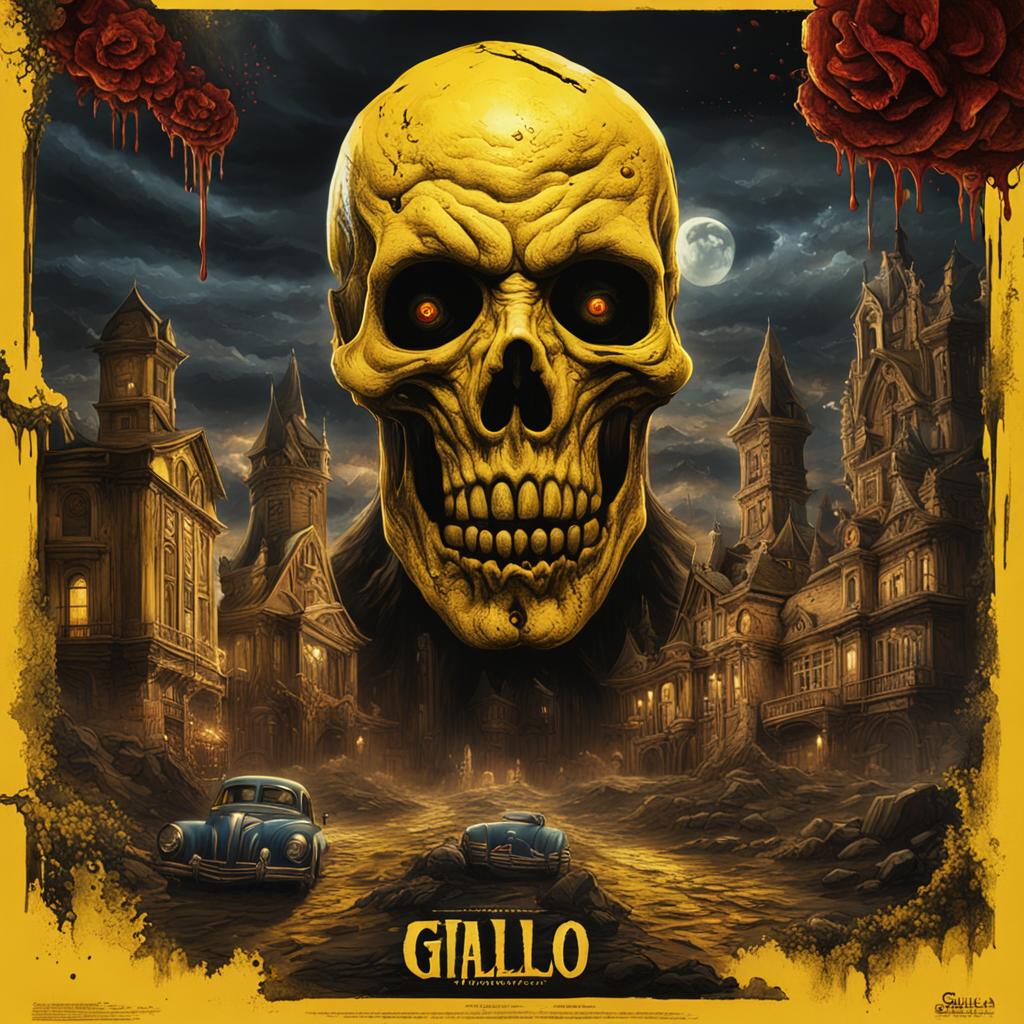Giallo, the Italian term for "yellow," has become synonymous with a unique subgenre of horror movies that emerged in Italy during the 1960s and 1970s. Characterized by its blend of mystery, suspense, and graphic violence, Giallo films have captivated audiences with their stylish cinematography, elaborate plots, and haunting soundtracks. In this article, we delve into the world of Giallo horror and present the top 10 films that have left an indelible mark on the genre.
Deep Red (Profondo Rosso) (1975)
Directed by the master of Giallo, Dario Argento, "Deep Red" follows a musician and a journalist as they investigate a series of brutal murders. With its striking visuals, intense suspense, and a mesmerizing score by Goblin, this film is a cornerstone of Giallo cinema.
Suspiria (1977)
Another Argento masterpiece, "Suspiria" explores the supernatural within the confines of a prestigious ballet academy. The vibrant colors, nightmarish imagery, and a haunting soundtrack create an atmospheric and terrifying experience that is quintessentially Giallo.
The Bird with the Crystal Plumage (L'uccello dalle piume di cristallo) (1970)
Directed by Dario Argento in his directorial debut, this film follows an American writer who becomes entangled in a series of murders while in Rome. "The Bird with the Crystal Plumage" set the stage for Giallo's success with its intricate plot and stylish visuals.
Tenebrae (1982)
Directed by Dario Argento, "Tenebrae" revolves around an American author promoting his latest thriller in Rome, only to find himself in the midst of a murder spree. The film is celebrated for its intense violence, intricate narrative, and a memorable electronic score.
Blood and Black Lace (Sei donne per l'assassino) (1964)
Regarded as one of the earliest Giallo films, directed by Mario Bava, "Blood and Black Lace" is a visually stunning and suspenseful thriller set in the world of high-fashion modeling. Its influence on the genre is undeniable, as it introduced many elements that became staples of Giallo.
 Don't Torture a Duckling (Non si sevizia un paperino) (1972)
Don't Torture a Duckling (Non si sevizia un paperino) (1972)
Directed by Lucio Fulci, this film stands out for its exploration of small-town superstitions and the impact of sensationalized media on public perception. "Don't Torture a Duckling" is a thought-provoking Giallo that combines social commentary with intense horror.
A Bay of Blood (Ecologia del delitto) (1971)
Also known as "Twitch of the Death Nerve," this film, directed by Mario Bava, is a precursor to the slasher genre. It features a series of interconnected murders, showcasing Bava's skill in creating suspenseful sequences and innovative death scenes.
The Strange Vice of Mrs. Wardh (Lo strano vizio della Signora Wardh) (1971)
Directed by Sergio Martino, this Giallo film follows the tumultuous life of a woman caught between her troubled past and a series of mysterious murders. "The Strange Vice of Mrs. Wardh" is known for its compelling storyline and atmospheric tension.
Opera (1987)
Dario Argento returns to the list with "Opera," a film that blends the world of opera with a chilling murder mystery. Known for its inventive camera work and gruesome set pieces, "Opera" showcases Argento's continued mastery of the Giallo genre.
Knife in the Water (Nóz w wodzie) (1962)
Directed by Roman Polanski, "Knife in the Water" is considered a precursor to the Giallo genre. While it predates the height of Giallo's popularity, Polanski's film displays many elements characteristic of the genre, such as psychological tension, intricate relationships, and murder.
The Giallo horror genre has left an indelible mark on cinematic history, blending mystery, suspense, and horror in a unique and visually captivating manner. From the early works of Mario Bava to the iconic films by Dario Argento, these top 10 Giallo movies showcase the genre's evolution and enduring influence on horror cinema. As fans continue to explore the depths of Giallo, these films remain essential viewing for those seeking a thrilling and stylish cinematic experience.
Comments powered by CComment